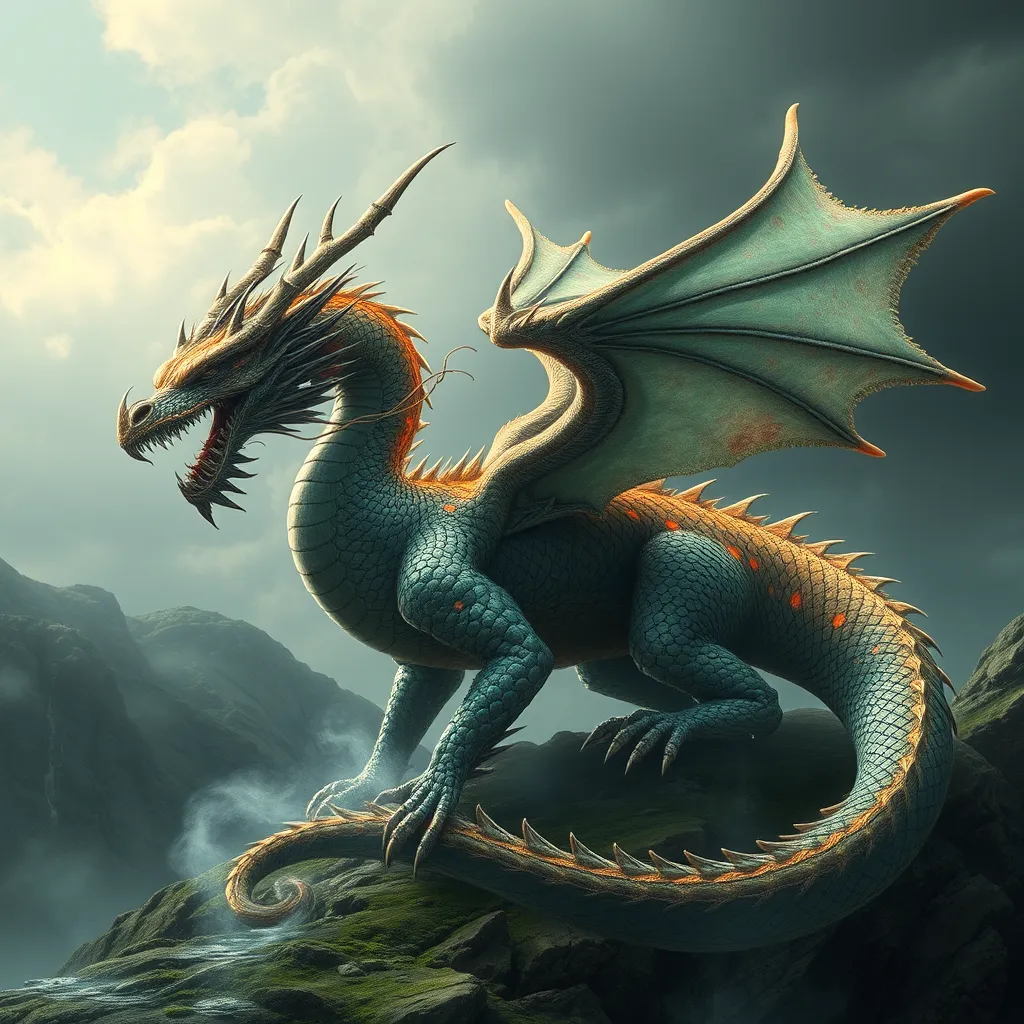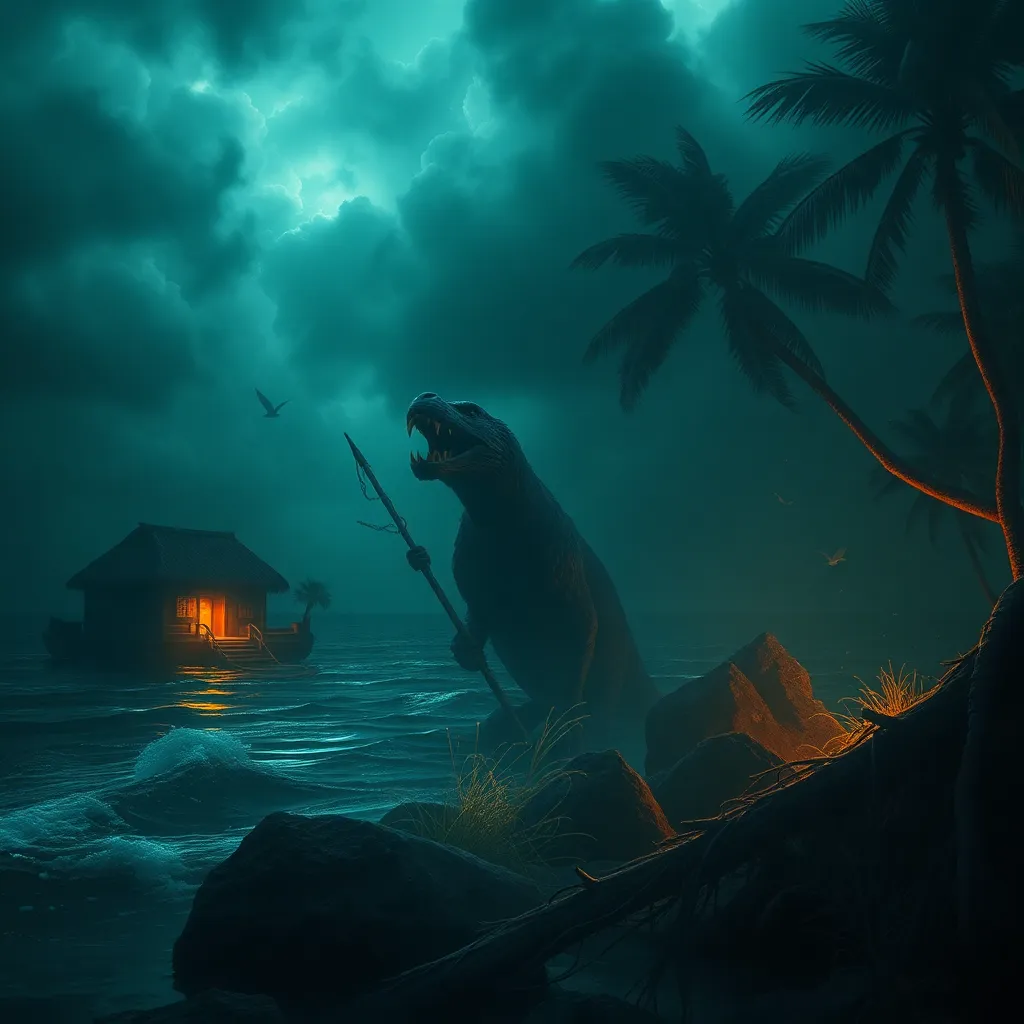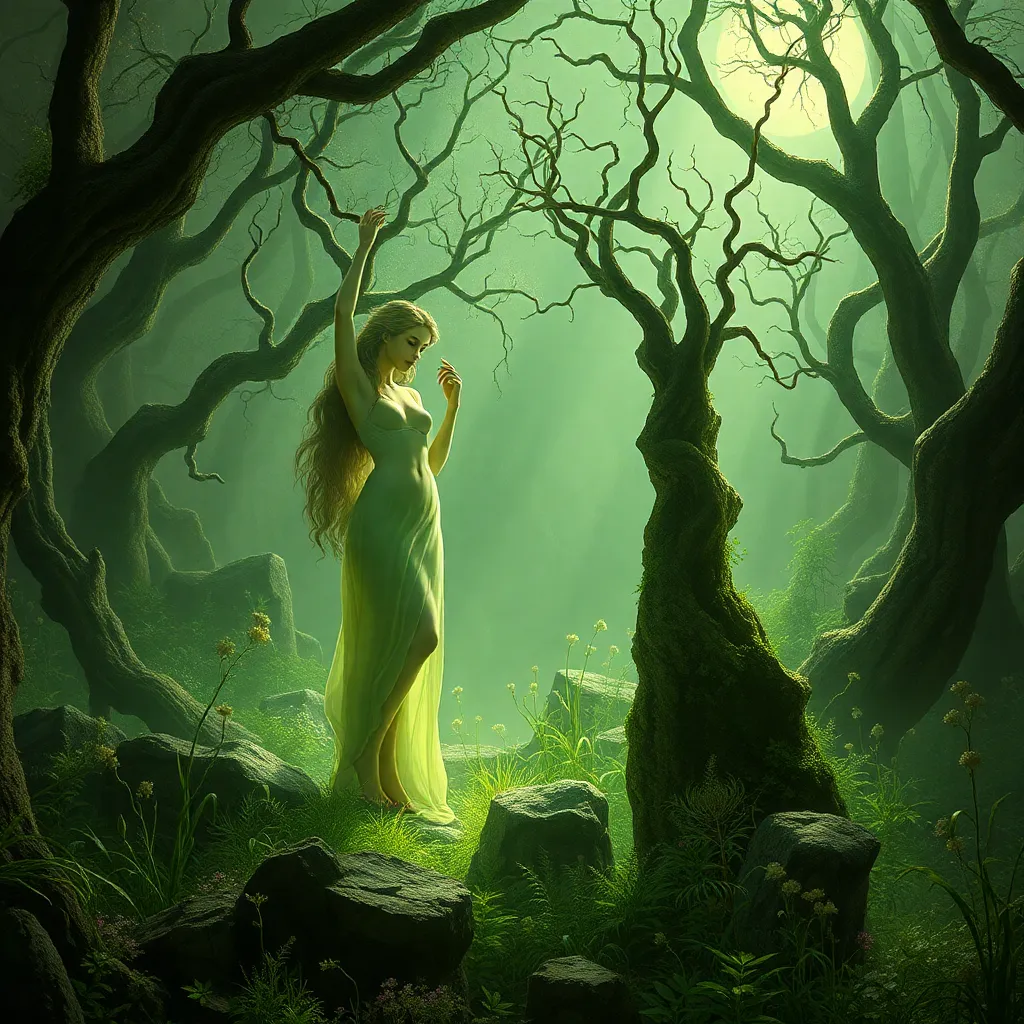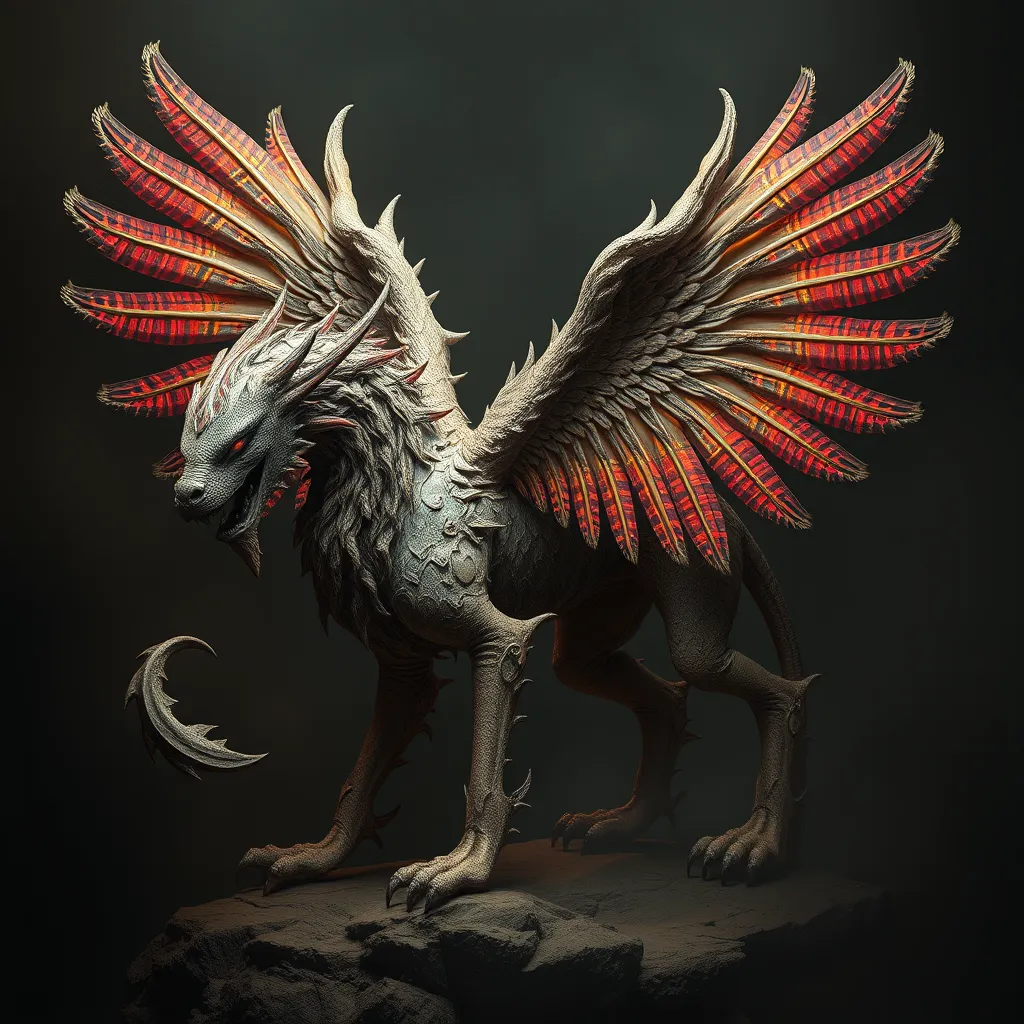The Dragon as a Chimera in Norse Mythology: From Jormungandr to Fafnir
I. Introduction to Dragons in Norse Mythology
Dragons hold a prominent place in Norse mythology, often embodying the chaos and primordial forces that shape the world. These mythical creatures are not merely beasts of destruction; they are imbued with deep symbolism and complex narratives that reflect the cultural and moral values of the Norse people.
The term “chimera” originally stems from classical mythology, representing a creature composed of parts from different animals. In the context of Norse dragons, this concept is relevant as many dragons exhibit hybrid characteristics, blending serpent-like, reptilian, and monstrous traits.
II. The Concept of the Chimera in Mythology
A chimera, in classical mythology, is often depicted as a fire-breathing creature with the body of a lion, the head of a goat, and a tail that ends with a snake’s head. This creature symbolizes chaos, the unpredictable nature of life, and the blending of different elements into a singular form.
When we examine Norse dragons, we find parallels to this concept. Many dragons in Norse lore possess features that suggest a hybrid nature, combining various animalistic traits that reflect their complex roles within the myths they inhabit. For example, Jormungandr, the World Serpent, combines the characteristics of a serpent with those of a monstrous being, embodying chaos and destruction.
III. Jormungandr: The World Serpent
Jormungandr, also known as the Midgard Serpent, is one of the most significant dragons in Norse mythology. According to the myths, he is the child of the trickster god Loki and the giantess Angerboda. This monstrous serpent encircles the Earth, holding its own tail in its mouth, symbolizing the cyclical nature of life and death.
In Norse cosmology, Jormungandr plays a pivotal role during Ragnarok, the end of the world. It is prophesied that he will release his tail, rise from the sea, and engage in a cataclysmic battle with Thor, the god of thunder. This confrontation represents the struggle between order and chaos, as Jormungandr embodies the chaotic forces that threaten to engulf the world.
The symbolism of Jormungandr extends beyond mere destruction. He represents the inevitable cycle of life, death, and rebirth, showcasing the duality of existence in Norse thought. His presence as a dragon underscores the tension between creation and destruction, chaos and order.
IV. Fafnir: The Dragon of Greed
Another prominent dragon in Norse mythology is Fafnir, who originally was a dwarf. His transformation into a dragon is a tale steeped in themes of greed and betrayal. According to the legends, Fafnir and his brother Regin inherited a vast treasure, including a cursed gold that brought misfortune to its possessor.
Consumed by greed, Fafnir killed his father to claim the treasure for himself. Over time, his greed twisted him into a dragon, embodying the very curse that had tainted the gold. This transformation illustrates how greed can corrupt and destroy, turning a once noble being into a monstrous creature.
The tale of Fafnir serves as a cautionary narrative, reflecting the dangers of unchecked ambition and the moral consequences of betrayal. It highlights the theme that power, when pursued for selfish reasons, can lead to one’s downfall.
V. The Dual Nature of Dragons in Norse Mythology
In Norse mythology, dragons often embody a dual nature, representing both good and evil. This complexity is evident in the narratives surrounding these creatures, where they can serve as protectors or destroyers.
- Dragons as Protectors: In some myths, dragons guard treasures or sacred sites, acting as guardians of wisdom and knowledge.
- Dragons as Destroyers: Conversely, dragons like Jormungandr and Fafnir are agents of chaos and destruction, posing threats to gods and mortals alike.
This duality reflects the broader themes in Norse mythology, where the boundaries between good and evil are often blurred, and characters may embody both traits simultaneously.
VI. The Chimera Aspect: Blending Traits and Symbolism
The hybrid nature of dragons in Norse tales emphasizes their chimera-like qualities. These creatures are often depicted with a blend of different traits, which enhances their symbolic significance. For instance, dragons may possess:
- Serpentine features, representing their connection to the primordial chaos of the world.
- Reptilian characteristics, showcasing their cold-blooded nature and association with greed.
- Monstrous traits, emphasizing their role as embodiments of fear and destruction.
This fusion of elements creates a rich tapestry of symbolism, allowing dragons to function as complex archetypes within the Norse mythological framework.
VII. Influence of Norse Dragons on Modern Fantasy
The legacy of Norse dragons continues to shape contemporary fantasy literature and media. Authors and creators draw inspiration from figures like Jormungandr and Fafnir, integrating their characteristics into modern narratives.
Some notable influences include:
- Literature: Dragons in modern fantasy novels often reflect the dual nature seen in Norse myths, serving as both allies and antagonists.
- Film and Television: Adaptations of Norse mythology in film often depict dragons as central figures, highlighting their mythological roots.
- Video Games: Many RPGs feature dragons inspired by Norse mythology, with characters and lore that echo these ancient tales.
The enduring appeal of dragons as chimeric entities demonstrates their versatility and significance in storytelling, making them timeless symbols in both historical and contemporary contexts.
VIII. Conclusion
In conclusion, dragons in Norse mythology serve as powerful representations of chaos, greed, and the dual nature of existence. Figures like Jormungandr and Fafnir illustrate the chimera-like qualities of these creatures, blending various traits and embodying complex themes that resonate across time.
The impact of these myths extends beyond their original cultural context, influencing modern interpretations of dragons in literature, film, and other media. As we continue to explore the significance of dragons in myth, we gain a deeper understanding of their role as chimeras, reflecting the multifaceted nature of human experience.



